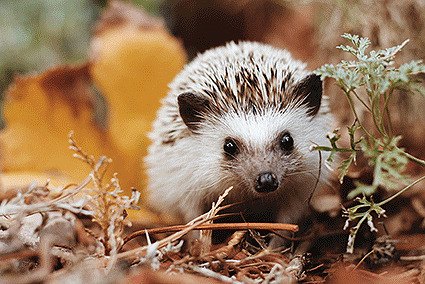
Creating Local Wildlife Corridors: Put your garden ‘On the Map’
Steyning Festival Green Day is just around the corner and it is all about ‘Making Space for Wildlife’. Once again, the conservation groups in our area have come together to celebrate the day and show everyone the work that is being done to help the wildlife on our doorstep, not just survive, but thrive alongside us.Greening Steyning’s Biodiversity Group, has become very enthusiastic about ‘Wildlife Corridors’ and ‘Wildlife Friendly Gardening’ and we have chosen these as our theme for the day. So, the event opens with a children’s parade that takes them on an adventure along a wildlife corridor with obstacles to overcome on the way.
We are looking forward to having the Weald to Waves wildlife corridor team with us, talking about their project and explaining how we can all get involved.
What are Wildlife Corridors?
Think London Orbital or HighSpeed2 without the concrete, environmental devastation and the delays. Wildlife corridors are natural highways enabling wildlife to spread out across our countryside by moving easily from one area to another.
Why do we need Wildlife Corridors?
The simple answer is that they could turn around our abysmal track record of looking after the amazing wildlife we share our lives with. In the 1920’s when the first Nature Reserves were designated, it was believed that creating special, protected areas, set aside for wildlife, would ensure it would be there for future generations to enjoy. Since then, we have added more protected areas and thirty-five percent of UK land area now has some kind of protected status.
But this approach has not worked. The State of Nature Report released in September 2023 shows how biodiversity in this country has declined sharply over the last fifty years and is still falling. One in six of more than ten thousand species assessed (16%) are at risk of being lost from Great Britain.
One of the problems is that many protected areas are small islands surrounded by hostile environments and at risk from climate change, intensive farming, development and pollution. Recognition of this problem has led to a different vision and a shift in conservation management to landscape scale habitat protection for wildlife.
What is emerging is a new approach involving creating large rewilded areas. The nearby Knepp Estate is the perfect example.
Isolated areas of wilderness are not quite enough however. They need to be connected to each other so wildlife is no longer squeezed into a corner but can move, if necessary, between habitats to find new areas to live in. This is where Wildlife Corridors come in.
The Weald to Waves Project:
Knepp is supporting an ambitious scheme called Weald to Waves to create three wildlife corridors running from the Ashdown Forest, through the Knepp Estate on the High Weald, along the river valleys of the Arun, Adur and Ouse, to the coast.
Vital corridors that will enable our local wildlife to move easily from one area to another, spreading out through Sussex and improving our local biodiversity.
Farmers and landowners are being urged to pledge their land to form part of this corridor. It is hoped that over 20,000 hectares of land will be registered as contiguous natural habitat, giving our wildlife a chance to thrive again.
However, what happens when countryside and farmland meet an urban area?
How Wildlife Friendly Gardens can help:
Weald to Waves need wildlife friendly gardeners who can fill in the gaps in the corridor, creating small oases which wildlife can use as stepping stones through urban areas. Not just gardens but parks, allotments, churchyards, verges, village greens; an endless list of green areas, can all be part of this network of stepping stones.
Put your garden on the map:
At Green Day you can pledge your garden or greenspace to the project. You can do this online with the Weald to Waves team and you can physically mark your garden on a large scale map of our local area using a pin, giving us a picture of how many and where our wildlife friendly gardens are.
Then you can go over to our Wildlife Friendly Garden stall and pick up some ideas of how to garden in this way.
Come and get involved and enjoy the day.
Green Day is on Saturday 25th May at Cuthman’s Field - Starting at 11:00.

You can help create wildlife corridors for hedgehogs and other creatures.

